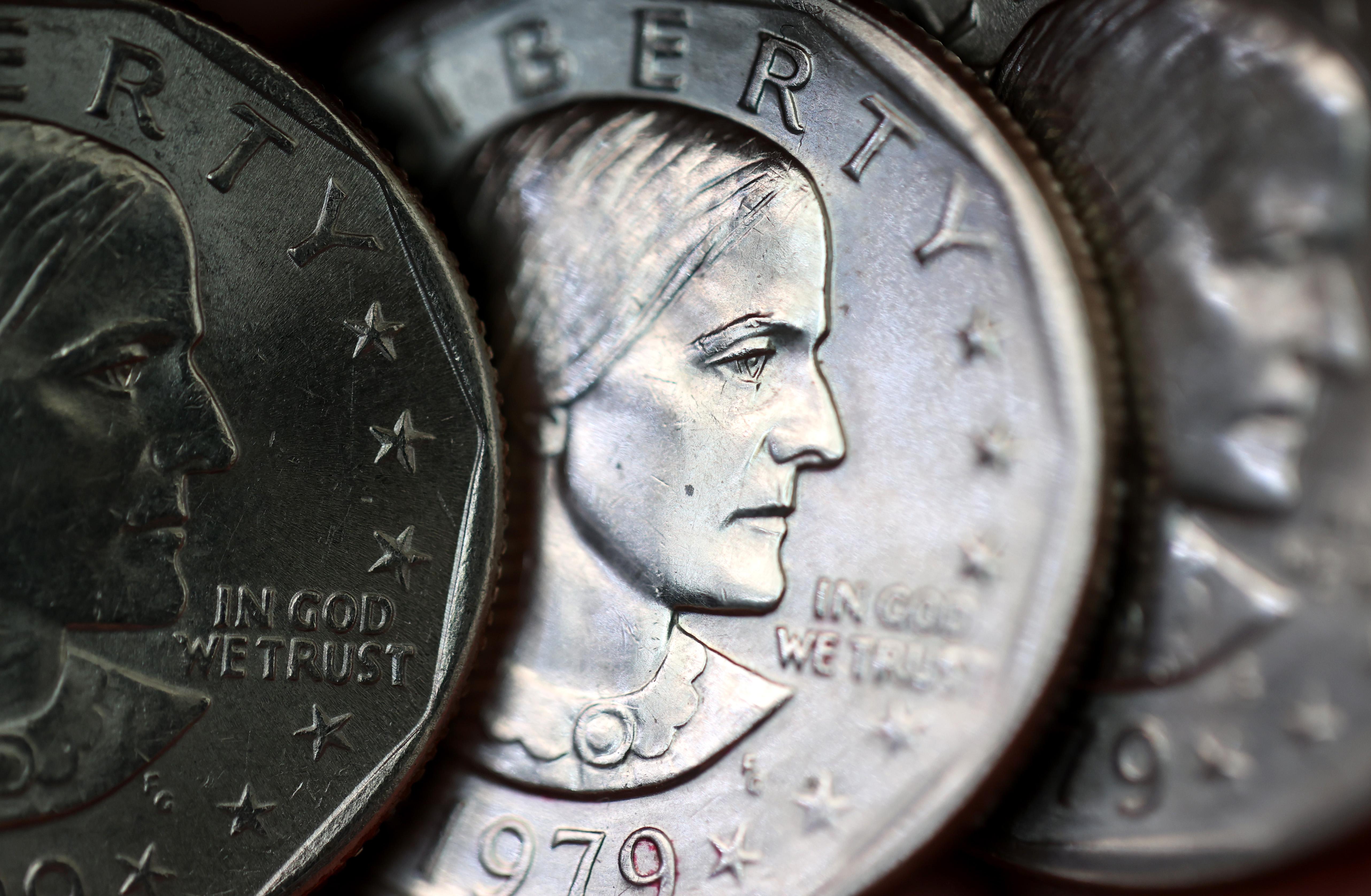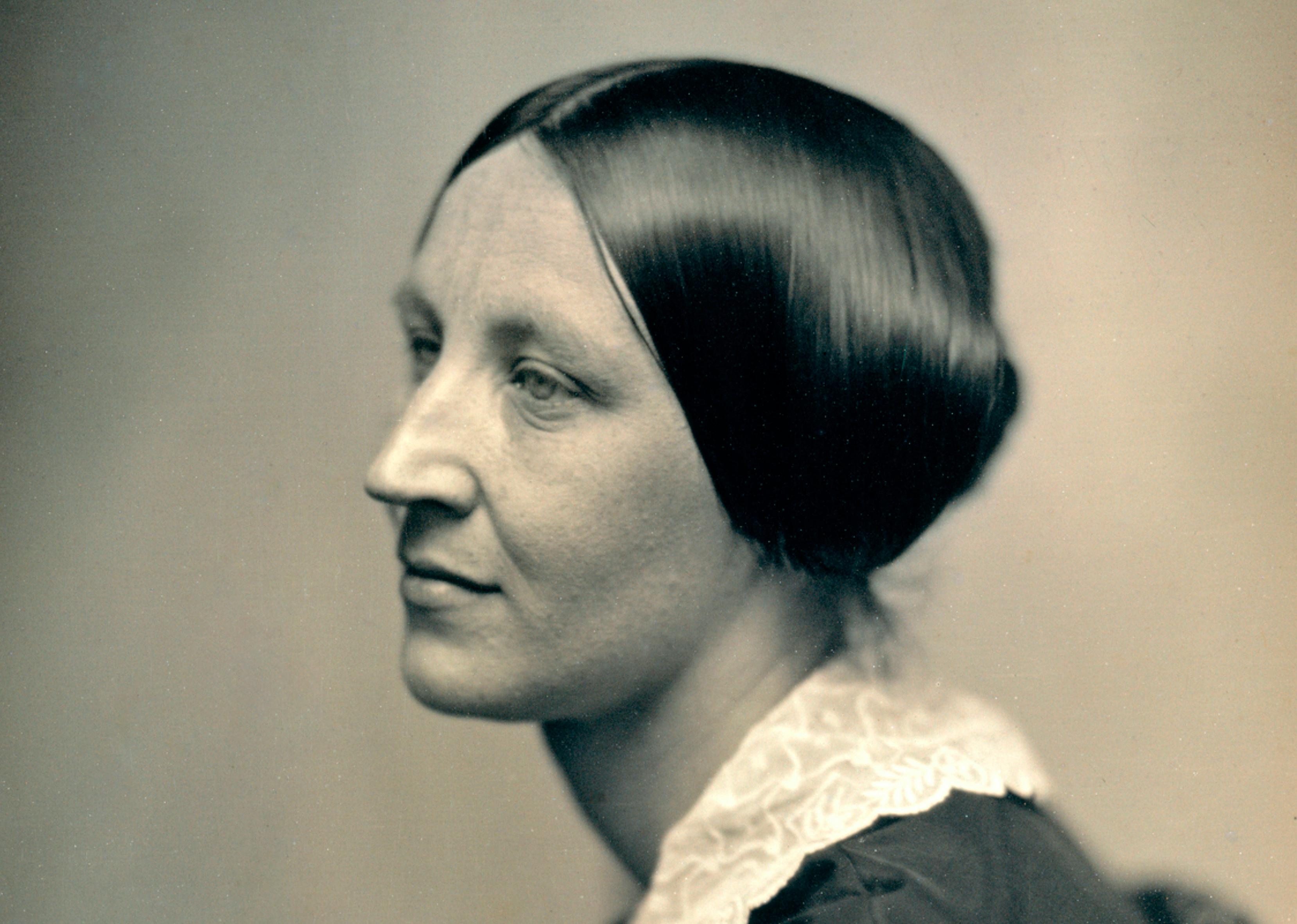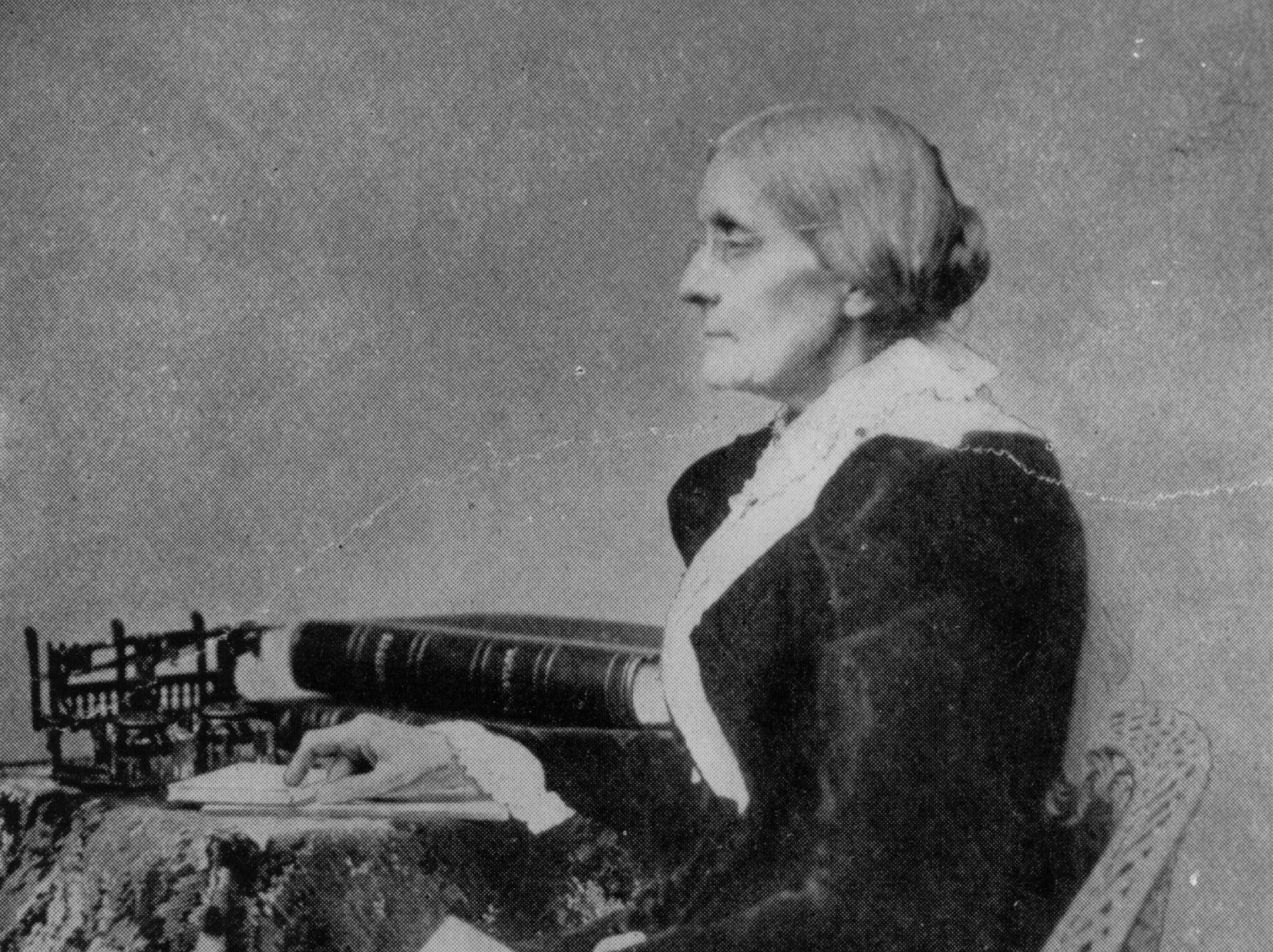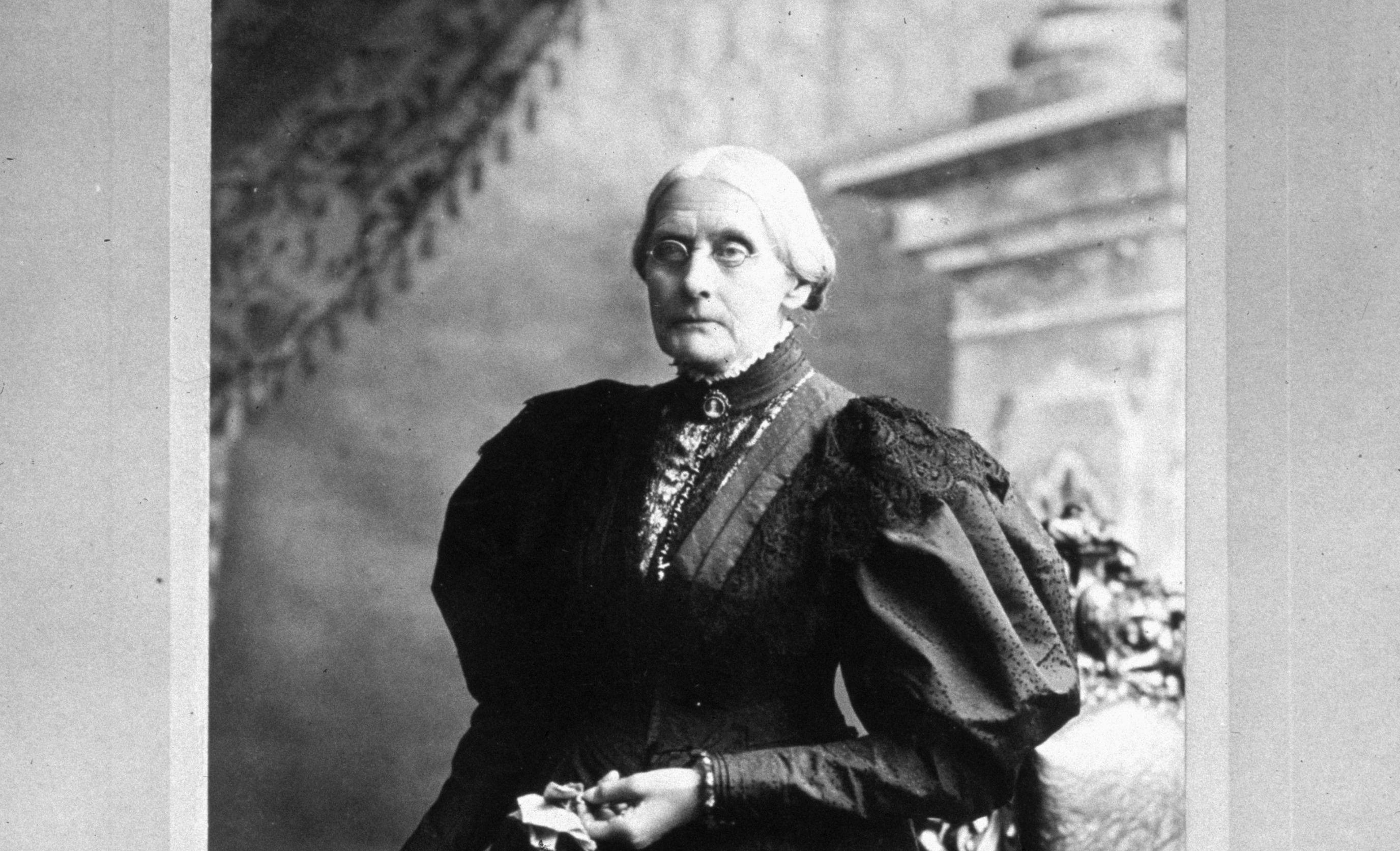President Trump Pardoned Susan B. Anthony — but Not Everyone Is Happy
Updated Aug. 18 2020, 3:27 p.m. ET

President Donald Trump announced that he is issuing a posthumous presidential pardon for Susan B. Anthony, a leader of the women's suffrage movement. She was found guilty of voting illegally — as a woman — in the 1872 presidential election. "Later today, I will be signing a full and complete pardon for Susan B. Anthony. She was never pardoned. Did you know that? She was never pardoned," the president said.
Trump made the announcement at a White House event commemorating the 100th anniversary of the ratification of the 19th Amendment — which ensured women the right to vote. It was ratified on Aug. 18, 1920, 14 years after Susan B. Anthony died. "She was guilty for voting. And we are going to be signing a full and complete pardon," the president said.
Many have claimed the symbolic gesture appeared to be a move to appeal to female voters, who Donald Trump is looking to gain ahead of the election. However, there may be a slight issue with his praise for Susan B. Anthony, as many are saying that the suffragette was a racist.
What did Susan B. Anthony do in order to be pardoned?
Susan B. Anthony was arrested for voting in Rochester, N.Y. in the 1872 elections in violation of state laws that allowed only men to vote. Anthony argued that she had the right to vote because of the recently adopted 14th Amendment to the U.S. Constitution, part of which reads, "No State shall make or enforce any law which shall abridge the privileges or immunities of citizens of the United States."

According to ABC News, “In a widely publicized trial in 1873, Anthony protested what she called ‘high-handed outrage upon my citizen's rights’ and said she would ‘never pay a dollar of your unjust penalty.’ She never did, and the authorities declined to take further action.”
Some leading activists, like Anthony, prioritized white women’s suffrage over voting rights for all women, encouraging racist policies.
While many could interpret Trump's pardon of Anthony as a nod to women's rights, others are not so sure due to her racist history. According to History.com, “Two of the most prominent women's suffragists, Susan B. Anthony and Elizabeth Cady Stanton were at one time part of the American Equal Rights Association (AERA), a group they formed with Frederick Douglass and other activists in 1866."
According to Lisa Tetrault, a history professor at Carnegie Mellon University, the organization's goal was to win voting rights "for both women and African Americans."
"There's tension from the very beginning over the priority of those two demands," she said. "Black women fall out of this equation."
After only three years, the AERA dissolved over heated fights about whether to support the 15th Amendment, with which Black men won the right to vote. The disagreements not only led to the dissolution of AERA but a split in the women’s suffrage movement between those who supported the 15th Amendment and those who did not. Susan B. Anthony joined the faction that did not support the 15th Amendment.

“After the amendment passed, many of the suffragists on that side pandered to white southerners by arguing that if white women could vote, they could drown out the Black male vote,” History.com reported.
Susan B. Anthony also distanced herself from Frederick Douglass.
In order to continue her work the way she wanted, Anthony worked to distance herself from Frederick Douglass, a Black man who continued to support women’s suffrage for the rest of his life.

According to History.com, during an 1890s suffrage meeting in Atlanta, she asked him not to appear onstage with white women because it would seem inappropriate.
If you are looking for ways to donate your time or money to Black Lives Matter and other antiracist organizations, we have created a list of resources to get you started.